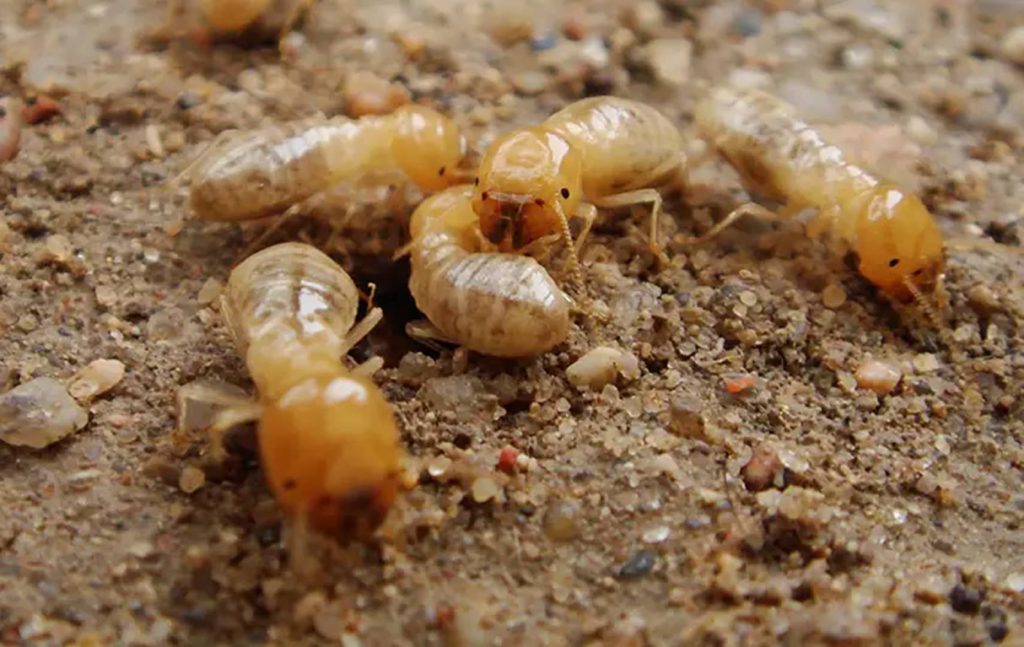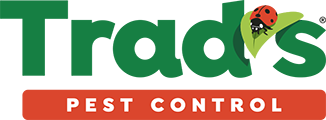
What Are Termites?
Termites are pests that no homeowner ever wants to discover on their Florida property. These wood-eating pests are among the few organisms that can convert cellulose found in wood and other plant matter into a usable food source. Their ferocious appetites enable them to cause billions of dollars in damages to structures across the United States each year.
In Florida, we have several different species of termites, including the eastern subterranean termite, Formosan termite, and drywood termite.
Need To Get Rid of Termites?
Are Termites Dangerous?
Termites are tasked with an important job; helping to speed up the decay process and get rid of decaying wood and other vegetation; this important job turns destructive when they find a way onto our Florida properties.
The damage that termites cause because of their feeding habits when left unchecked can become quite extensive. The repair costs are usually not covered by most homeowners' insurance. Termite damage is not only damaging to the structure of your home but also your bank account!
Why Do I Have a Termite Problem?
Subterranean termites are the most widespread species in our area and are attracted to moisture. Properties with poor drainage and decaying wood or vegetation are most attractive to termites. Once termites find a way to your Florida yard, it is only a matter of time before they find a way indoors. Inside, poor ventilation, leaky pipes, and leaking sinks, windows, or doors can cause excess moisture that damages wood and attracts termites.
Drywood termites prefer dry, sound wood. They frequently find their way into our homes by hitchhiking in things like construction wood, wooden furniture, and wooden antiques.
Where Will I Find Termites?
Where you will find termites depends on the specific species:
- Drywood termites: Unlike their subterranean cousins, drywood termites nest within the wood they are feeding on. They nest above-ground in dry wood like lumber, utility poles, fences, wooden furniture, and wood trim.
- Eastern subterranean termites: Eastern subterranean termites are social insects that live together in large underground colonies. They travel through the soil or mud tubes they create and enter our structures through cracks in the foundation, spaces around water pipes, or pieces of wood making direct contact with the ground. Once inside, these termites will feed on structural wood found near water pipes, sinks, tubs, windows, doors, and behind walls and under floors.
- Formosan termites: Formosan termites are a species of subterranean termites. They are unique because, in addition to nesting in the ground and entering structures at ground level, they can nest and enter our homes above the ground. Formosan termites build carton nests, usually on buildings with a flat roof, and move inside through spaces they discover along rooflines or exterior walls.
How Do I Get Rid of Termites?
Termites cause more than five billion dollars in damages across the country each year. Don’t allow your Florida home to become part of that number; partner with Trad’s Pest Control for complete home pest control and commercial pest control plans in Jacksonville. Through free inspections, effective treatments, and monitoring services that our highly trained professionals perform, we will help you guard your home or business against wood-eating termites.
At Trad’s Pest Control, we will provide the effective treatments necessary to rid your property of termites and guard your home and bank account against the damages they cause. Learn more about our comprehensive termite control services by speaking with one of our helpful, customer-oriented professionals today!
Let Us Help You Get Rid of Termites
How Can I Prevent Termites In The Future?
To help you guard your property against termites, we want to provide you with the following termite prevention strategies.
- Instead of using wood mulch in gardens around the perimeter of your home, which holds in moisture, use rubber mulch.
- Seal up cracks and crevices in your house both at ground level and roof level.
- Remove excess moisture by removing leaf piles, tree stumps, and other yard debris that traps rainwater.
- Use dehumidifiers to reduce moisture in your home.
- Immediately repair dripping water pipes or air conditioners that could cause the structural wood in your house to become damaged and attract hungry termites.
- Always inspect building timbers and wooden structures for signs of drywood termites before bringing those items into your home.
